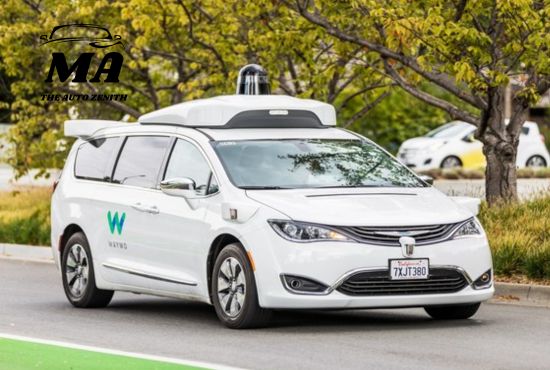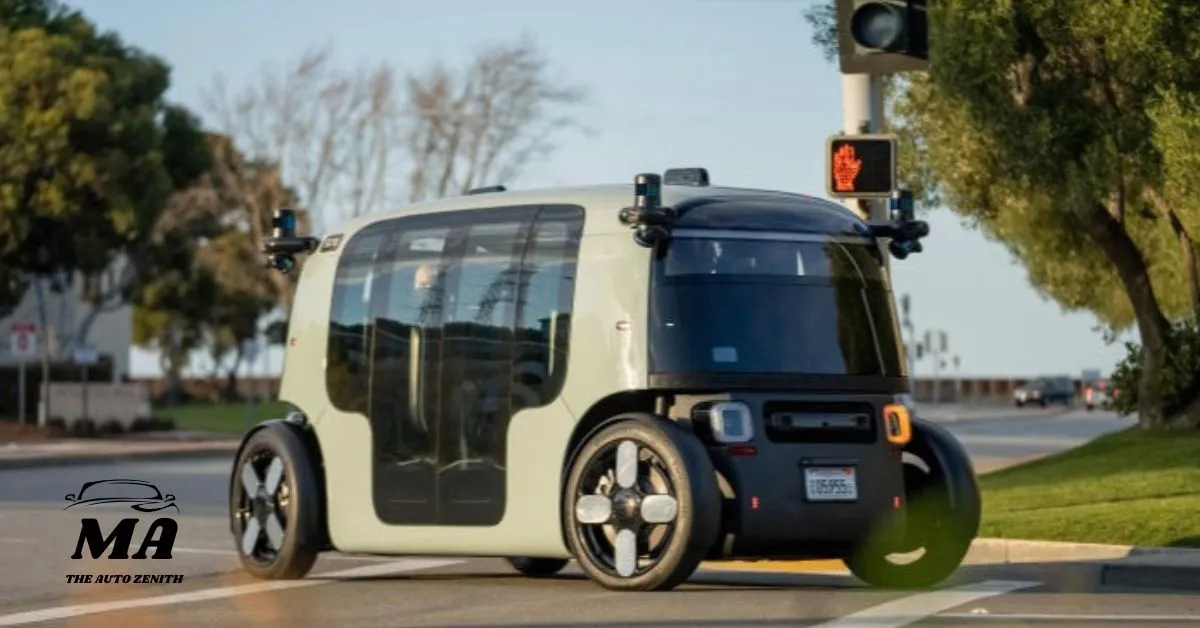Robotaxi are autonomous taxis that self-drive with intelligent technology such as AI and sensors—no human driver required. Giant companies like Waymo, Cruise, Baidu, and Tesla are struggling hard to make these cars safer, cheaper, and superior to conventional taxis. When they finally hit the roads, they could make traveling more affordable, fewer crashes, and change the way we get around cities.
Advantages are fewer accidents, less cost, and availability 24/7, yet regulation, public acceptance, and technical constraints present challenges. With trials being conducted all over the world, robotaxis may transform city mobility very soon eliminating traffic congestion, pollution, and car usage and redesigning how cities get around. The competition to fine-tune driverless taxis is on in full force.
Top Companies Robotaxi Revolution
Find out how leading companies such as Waymo, Tesla, and Baidu are transforming transportation with robotaxis. Find out about their international expansion and future prospects.
Google’s Waymo

One of the key players leading the robotaxi revolution is Waymo, an Alphabet subsidiary and parent company of Google. According to a report from AutoGuide, Waymo has already successfully introduced robotaxi services in San Francisco, Phoenix, Los Angeles, and Austin. Its fleet includes more than 700 vehicles, with 300 running in San Francisco alone.
Waymo cars are able to perform more than 250,000 paid rides per week. The staggering figure proves the increasing public acceptance and confidence in autonomous ride-hailing.
Curiously, Waymo currently already has plans to sell its robotaxi cars for personal use in the future. Alphabet CEO Sundar Pichai did not specify a timeline but this may be a tremendous shift away from fleet-based business models to selling autonomous cars directly to consumers.
| Feature | Details |
| Fleet Size | 700+ vehicles (300 in San Francisco) |
| Rides Per Week | 250,000+ paid rides |
| Future Plans | Sell robotaxis for personal ownership |
| Cities Operating | San Francisco, Phoenix, Los Angeles, Austin |
Tesla’s Vision for Robotaxis

Tesla, under the helm of CEO Elon Musk, is another behemoth in the pursuit of completely autonomous cars. Tesla’s method for self-driving technology is distinct from rivals such as Waymo. The low cost would likely render Tesla’s robotaxi service very appealing to the mass market.
As opposed to conventional vehicles, the Cybercab will neither feature a steering wheel nor pedals, reflecting Tesla’s confidence in its Full Self-Driving (FSD) software. Tesla aims to introduce its robotaxi service in Austin, Texas, by as early as 2025 and expects to have millions of fully autonomous Teslas on the road by late 2026.
But some experts are wary. Experts say that Tesla’s autonomous technology still has problems in dense urban areas, which may slow widespread deployment.
| Feature | Details |
| Robotaxi Model | Cybercab (two-seater) |
| Starting Price | Estimated $30,000–$33,585 |
| Technology | Camera-based Full Self-Driving (FSD), no LiDAR |
| Vehicle Design | No steering wheel or pedals |
Read More: Top 10 Brands with the Most reliable used cars
Global Expansion of Robotaxi Services
As the companies in America make the news, China too is experiencing speedy growth in the robotaxi business. Baidu’s Apollo Go service alone has already had over 7 million trips across over 10 cities.
Baidu provides rides at very competitive prices, often from as low as 4 yuan (approximately $0.55), far below the cost of a normal taxi and ride-hailing services.
Other firms such as AutoX and Pony.ai are also progressing in robotaxi technology in China. Not only have these firms been testing autonomous vehicles under controlled conditions but have also introduced limited public services in major urban centers.
On the other hand, in Europe, regulators are exercising more caution. Germany and the United Kingdom are starting to have frameworks in place to permit test and small-volume deployment of robotaxis, paying close attention to safety standards.
The Benefits of Robotaxis
1. Enhanced Road Safety
Over 90% of automobile crashes are caused by human error resulting from distraction, fatigue, or drunk driving. Robotaxis curb these risks because they use exact sensors, current data processing, and forecasting software.
Waymo’s 2024 research report indicated its driverless cars minimized injury-inducing crashes by 85% for every mile against human motorists. While human robotaxis do not tire, drive drunk, or become distracted—they are inherently safer in managed scenarios.
2. Reduced Transportation Costs
No human driver means robotaxi can run for pennies per ride compared to a traditional taxi or ride-sharing service. Waymo puts its operating cost at $0.30 per mile, much less than Uber or Lyft. China’s Baidu’s Apollo Go prices rides from $0.55, outpriced human-driven taxis.
3. Less Traffic Congestion & Pollution
Fewer privately owned vehicles on the road could result in less congestion and lower emissions in cities. The majority of robotaxis are electric, eliminating urban air pollution. Shared mobility results in fewer cars parked idle, taking up less space in congested cities. Optimized routing minimizes unnecessary mileage, further reducing energy consumption.
4. 24/7 Availability & Accessibility
Robotaxis do not require breaks, shifts, or sleep—24/7, they can run, delivering reliable transportation whenever needed. Night shift, elderly, and disabled people might be benefited by having mobility always available. Rural and low-income communities may have access to affordable transport.
Are Robotaxis the Future?
Robotaxi is no longer a futuristic dream—they already drive on the streets of some cities, proving autonomous mobility is real. Although there are many obstacles to overcome, the possible benefits—safer roads, reduced cost, reduced emissions, and greater accessibility make them an attractive answer to transportation now.
The coming decade will be determined. If companies like Waymo, Baidu, and Tesla are able to bridge safety worries, regulatory challenges, and resistance from the public, robotaxis could change how we move around and leave human-driven cars in the past.
Read More: honda civic lx Features, Specs, Engine, Price, and Performance
FAQ’s
Q1. How do robotaxis work?
They move around based on a mixture of cameras, LiDAR, radar, artificial intelligence and high-definition mapping systems to scan the environment and make driving choices.
Q2. Are robotaxis safe?
Current evidence is encouraging – Waymo claims 85% fewer crashes causing injury than human drivers, although there are issues in dense urban areas.
Q3. Which firms are at the forefront of robotaxi?
The big players are Waymo (active in multiple U.S. cities), Tesla , Baidu (7+ million rides in China), and Cruise (testing in some U.S. markets).
Q4. When will Robotaxi be widely available?
Limited availability is available currently with wider rollout anticipated 2026-2030 as technology advances and regulations evolve.
Q5. How much does it cost to ride a robotaxi?
Fares range: Baidu provides rides for $0.55 in China, Waymo is around $0.30 per mile in the U.S., and Tesla’s upcoming Cybercab could cost less than $25,000 to purchase.

